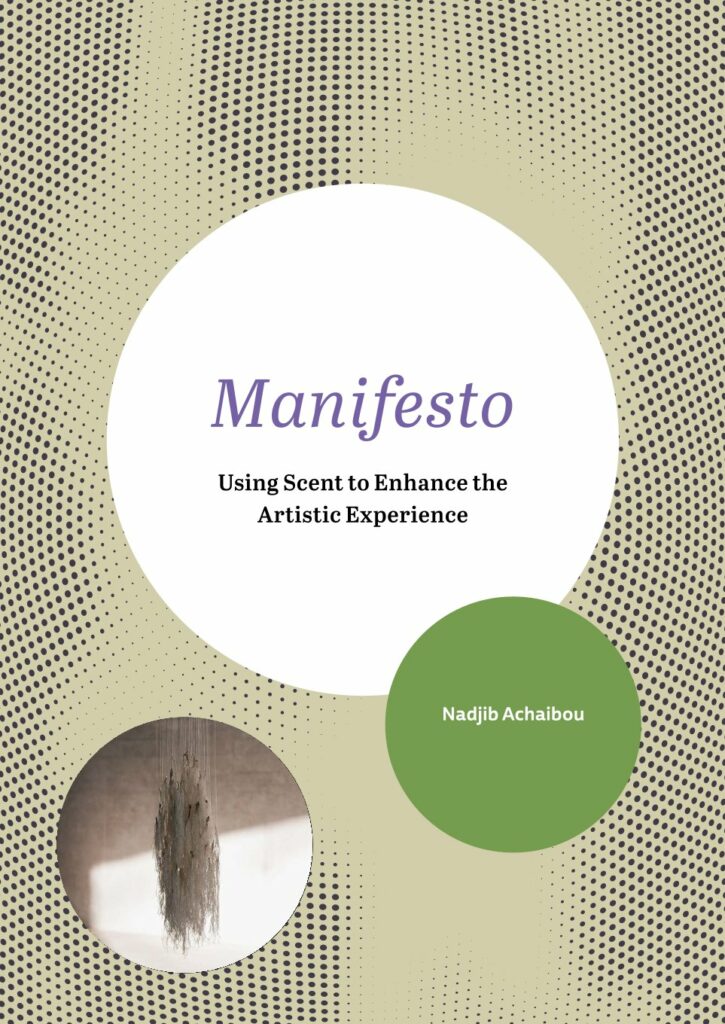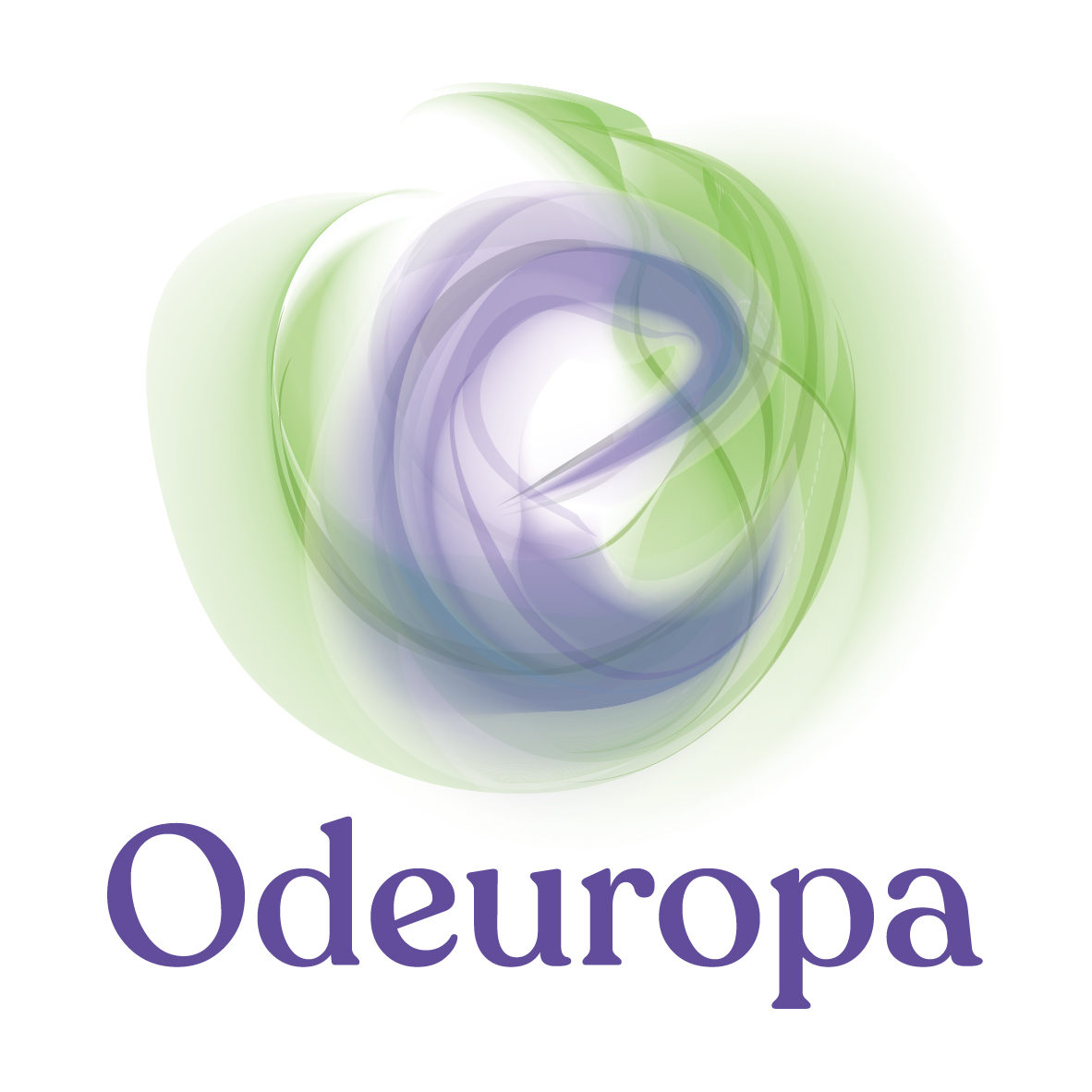
Over the past three years, the Odeuropa team members were busy working towards the development of three online demonstrators: the Smell Explorer, the Encyclopedia of Smell History and Heritage and the Olfactory Storytelling Toolkit. All three of these milestones were created to support the project’s main argument: that critically engaging our sense of smell and our olfactory heritage is an important and viable means for connecting and promoting Europe’s tangible and intangible cultural heritage as well as to connect with the past. These tools aim to specifically target the cultural sector and to bring sensory narratives to the forefront of cultural heritage institutions.
Odeuropa’s Olfactory Storytelling Toolkit: A ‘How-To’ Guide for Working with Smells in Museums and Heritage Institutions (OST) is a handbook or a guide that helps one bring scent to the public in a way that helps interpret an idea, object or concept in a new multisensory way. We wrote the guide with heritage professionals in mind – especially museum curators – however, we think that the guide will be useful for teachers, scholars, perfumers, and artists who want to interpret and curate stories with scent. The guide is freely available for download via the Odeuropa website.
You can access the OST on our website here.

Below, we provide a behind the scenes look at how the resource was made as well as an overview of the OST’s contents.
What is Olfactory Storytelling?
When writing a guide for olfactory storytelling, we thought it was important to narrow our scope of research. The field of Smell (Culture) and artistry around scent is rich with much innovation to be discovered. For the OST, our use of the term olfactory storytelling means the careful orchestration of scents in a way that reveals particular meaning – connecting the space, collection items, and historical concepts with scent.
In preparation for shaping the knowledge outlined in the OST, we not only researched instances of olfactory storytelling in the past, but we also experimented with new forms of olfactory storytelling via our own olfactory projects and events. We organised five olfactory events: Working with Scents in Glams – Best Practices and Challenges (2021), Follow Your Nose! a guided tour with smells (2022), Workshop Malodours as Cultural Heritage? (2021), City Sniffers: a smell tour of Amsterdam’s ecohistory (2022), and Workshop Improve Your Olfactory Language (2022) which contributed to the development and methodology of the OST.
Additionally, our team at University College London conducted impact measurements to help us understand the actual impact that storytelling with scent has on the visitor experience. They conducted 800 surveys with visitors to olfactory events across Europe which greatly contributed to shaping the content of the OST.
The Olfactory Storytelling Toolkit:
What is the OST? The OST provides methods – from beginning to end – to bring an olfactory narrative from the (physical) collection item and interpret it into a scent. The OST is built of various aspects. Firstly, there is the main how-to guide which is structured into four sections. It contains texts, images, pie charts, diagrams and pros and cons lists that all inform you how to 1) find and curate olfactory narratives within your collections, 2) develop a heritage scent, 3) design an olfactory event and 4) access the risks of olfactory storytelling. All these aspects were seen as the most important parts of the olfactory storytelling process during our research.

Inspirational Content:
Other than the OST’s main “how-to” guide, an important part of the OST is its inspirational content. The OST’s inspirational content is meant to encourage and empower readers to use olfactory storytelling. We present inspirational content in two ways: firstly via Case Studies of olfactory storytelling and secondly via Smell Manifestos.
For the OST, we curated six Case Studies featuring scholars, curators, olfactory consultants and scent designers to offer a broad perspective on the olfactory storytelling universe as it stands today. We placed these Case Studies in between sections with related content to showcase real life scenarios where various professionals have successfully used olfactory storytelling in their own practice, addressed the challenges that arose, and reflected on the decision making process. These Case Studies vary in topic and format but all of them offer personal and tangible experiences of the benefits and challenges of bringing scents to the cultural sector.

Secondly, we invited an olfactory artist, a perfumer, a historian and a neuroscientist to write Smell Manifestos to help you feel inspired to advocate for our sense of smell! You can find these just after section 4. We invited olfactory artist Josely Carvalho, philosopher Annick Le Guérer, perfumer Nadjib Achaibou and neuroscientist Jane Plailly to share their love and thoughts on olfactory storytelling and their sense of smell. Although placed at the end of the resource, we hope that these manifestos will be visited and revisited at any time throughout the use.

OST Resources:
Throughout the development of Odeuropa’s olfactory events, we discovered that there were some processes of olfactory storytelling that were particularly challenging to achieve without specific knowledge and expertise. We find that certain processes are especially difficult due to their interdisciplinary nature – for example a curator must join forces with a perfumer and they have very different sets of knowledge. For cases like this, we created 11 downloadable resources to make the process of developing an olfactory event smoother.

One of these resources (OST Resource 6) is the Heritage Scent Design Brief which is a fillable form that assists cultural heritage professionals, historians, and researchers through the process of making a scent for the use of olfactory storytelling. The form outlines all the information necessary for a scent designer/perfumer to make a historically informed scent for the cultural sector. This particular form is part of a two step scent development process and is to be used together with the Heritage Scent Development Report (OST Resource 8).
Appendix Checklist
We created the Appendix Checklist as a resource to help use the OST in its entirety. The checklist serves as a guide, summarising all the steps taken in the different sections of the OST broken up into questions for observation and questions for reflection. The questions are presented in a brief and concise manner making it a useful tool to use when commencing on the journey of creating an olfactory event.
The Appendix Checklist works with an object-based research methodology, meant in a more abstract way, where the object of study can also be a smellscape or an olfactory object, a story about or told through smell. It provides an initial idea of the possible steps to take when creating an olfactory event and it also aids in identifying areas which may need extra focus in your particular olfactory storytelling case. From there one can further deepen and elaborate their knowledge by utilising the full OST.
Looking Forward
We hope that Odeuropa’s OST continues to broaden the use of olfactory storytelling in the heritage and cultural sector. It aims to ease some of the challenges and concerns of bringing scents in the museum and compile important information for doing so into one easily accessible guide. We are excited to see how the OST informs, assists and inspires new uses of scents in public space as well as raises new questions in research and implementation of scents for visitor engagement and storytelling.

For more information about the licensing and how to source this publication, please view the Zenodo record for the Olfactory Storytelling Toolkit: A ‘How-To’ Guide for Working with Smells in Museums and Heritage Institutions.
The Olfactory Storytelling Toolkit: A ‘How-To’ Guide for Working with Smells in Museums and Heritage Institutions was co-authored by Sofia Collette Ehrich, Inger Leemans, Cecilia Bembibre, William Tullett, Caro Verbeek, Georgios Alexopoulos, Lizzie Marx and Victoria-Anne Michel.
